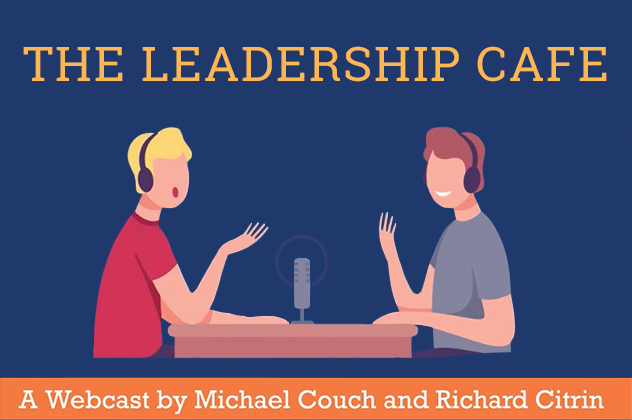My brother-in-law, Miles Smith, is an accomplished potter. I first admired his work when he used the ashes from the Mount St. Helens volcanic eruption to create a pottery collection that infused that event into its very soul. Most recently, he designed simple bowls and was kind enough to gift us a few at Christmas.
I’m always cautious when using, washing, and putting them away. We have just a few, and knowing the love and care Miles puts into each one makes them priceless to us.
Besides, Sheila gets mad.
Of course, there was the time I broke one of those Mt. Saint Helens edition cups. Oops.
I felt terrible about it, even though I knew it was an accident. But regret is the natural response, as just a few have such personal meaning.
The Japanese have a remedy for breakage known as Kintsukuroi. It is the artful practice of the “golden repair” and invites a reimagining of damage or imperfections as opportunities for strength and transformation. In this art form, the fractures are repaired and adorned, creating a tapestry that celebrates resilience and the beauty that emerges from embracing, in these examples, the life experience of this broken piece of art.
In my silly pursuit of perfection, I often downplay or push aside the trials and tribulations I face. I tell myself, “These aren’t a big deal,” “I can do better,” “I should just take a bit more time.”
Last week, I had surgery to repair my deviated septum and was prepared to get back at it by Monday, thinking that it would be no big deal. Oops.
I’ve spent most of my days in bed, and whenever I get up to look at emails or send some material to clients, I quickly find myself back in bed. Right now, I’m broken and waiting for the “resetting” of my body to take place so that I’ll be better than ever, especially when it comes to breathing.
However, the essence of kintsukuroi lies in recognizing and honoring these injuries, even those that are self-imposed, and taking time to allow restoration, healing, and a recognition that we, as art pieces, will be different and even better.
Consider the parallels between kintsukuroi and our own journies. Our lives are canvases, and every challenge we face adds a unique brushstroke to its tapestry. Just as the Japanese art form celebrates the cracks in pottery, how can we take our wounds, highlight them and use them to achieve more success and happiness in our lives.
© Richard Citrin 2024

